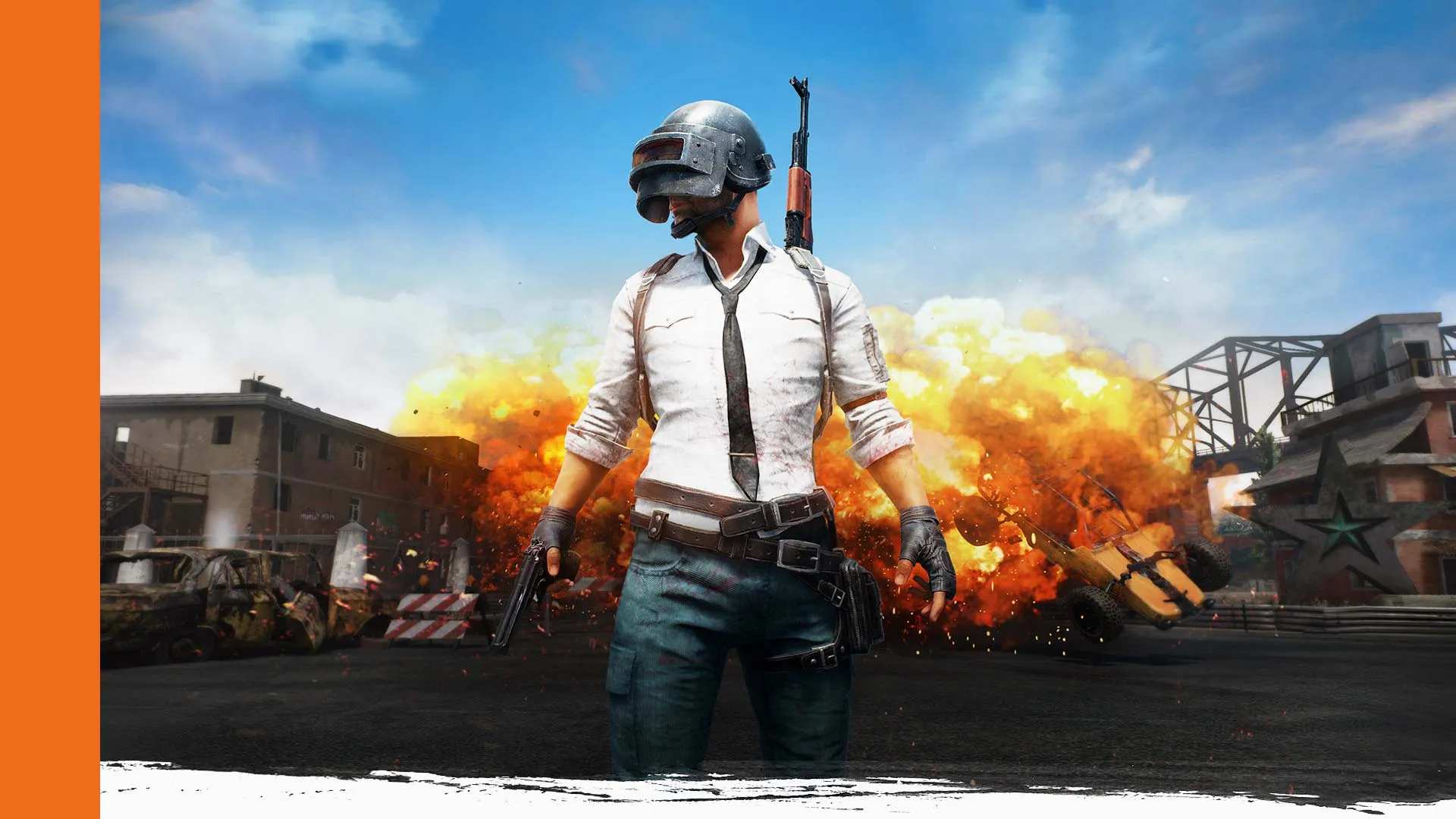For decades, the treasures you found in a video game—that epic sword, the rare mount, the perfect skin—were locked away. They lived and died on a developer’s server. You never truly owned them. Well, that’s changing. And it’s changing fast.
Blockchain technology and NFTs are crashing into the gaming world, promising to turn entire virtual economies upside down. It’s a shift from closed, controlled systems to open, player-owned marketplaces. Let’s dive into what this actually means for you, the player, and the future of play itself.
From Rented Fun to True Digital Ownership
Here’s the deal with traditional games. You spend countless hours grinding for that perfect item. But honestly, it’s not really yours. It’s more like a long-term rental. The developer can change its stats, take it away, or even shut down the servers, vaporizing your entire collection overnight.
Blockchain flips the script. Think of it like this: instead of getting a receipt from a company, you’re getting a deed to a house. An NFT (Non-Fungible Token) is that deed—a unique, verifiable certificate of ownership stored on a public ledger that no single company controls.
This concept of true digital ownership is the bedrock of the entire shift. It means your hard-earned digital assets are yours. Full stop. You can trade them, sell them, or take them with you across different games and virtual worlds that support the same standards. It’s a powerful idea.
Play-to-Earn: Turning Time into Tangible Value
This is the phrase that got everyone’s attention. The traditional model is play-to-win, or maybe play-for-fun. The new model? Play-to-earn (P2E). In fact, it’s probably one of the most significant impacts of blockchain on gaming economies.
In a P2E model, the valuable items you score aren’t just for bragging rights. They have real-world monetary value. By acquiring rare NFTs through gameplay—whether it’s a unique character, a plot of virtual land, or a powerful weapon—you can sell them on a marketplace for cryptocurrency, which can then be exchanged for traditional money.
Games like Axie Infinity exploded this model into the mainstream, showing that gaming could provide a viable income for people in various parts of the world. It transforms gaming from a pure pastime into a potential livelihood, blurring the lines between work and play in a fascinating, and sometimes controversial, way.
The Metaverse and Interoperability: Your Stuff, Everywhere
Imagine this: you earn a legendary spaceship in a sci-fi game. Then, you can use it as a vanity item in a fantasy racing game. Or maybe you can display it as a trophy in your virtual art gallery. That’s the promise of interoperability.
Blockchain acts as the backbone for this. Because your asset’s ownership is recorded on a neutral, public ledger, different games and virtual worlds (the building blocks of the “metaverse”) can recognize and honor it. This breaks down the “walled gardens” that have defined gaming for years.
This creates a wild new economic layer. An item’s value isn’t just tied to its utility in one game anymore. Its value could skyrocket based on its prestige, rarity, and utility across an entire ecosystem of experiences. We’re talking about a cross-game economy of unprecedented scale.
Not All Sunshine and Rainbows: The Challenges
Okay, so it’s not a perfect utopia. There are some real, legitimate hurdles here. The environmental impact of some blockchains has been a huge concern, though many are rapidly shifting to more energy-efficient systems. There’s also a steep learning curve for new users dealing with crypto wallets, gas fees, and private keys.
And then there’s the gameplay itself. The biggest risk? That the “earn” part overshadows the “play.” If a game feels less like fun and more like a financialized grind, it loses its soul. Developers have to walk a tightrope, balancing a fair economy with a game that’s actually, you know, enjoyable.
Volatility and Regulation
The value of crypto and NFTs can be wildly volatile. An item worth hundreds today might be worth dozens tomorrow. This introduces a level of financial risk that’s totally new to gaming. Furthermore, governments are still figuring out how to regulate all of this—tax implications, legal status of digital assets—it’s a messy, evolving landscape.
The Future: A Hybrid Horizon
So where is this all going? The future likely isn’t a complete takeover by blockchain games. It’s probably a hybrid model. We’ll see traditional triple-A games start to incorporate NFT elements cautiously—maybe special edition cosmetics or event tickets that live on the blockchain.
Indie developers, on the other hand, are diving in headfirst, experimenting with crazy new economic models we haven’t even thought of yet. The key will be innovation that serves the fun, not just the finance.
The impact is already here. It’s reshaping how we think about value, ownership, and time spent in digital worlds. It’s giving players a real stake in the games they love. The question is no longer if blockchain will change in-game economies, but how we’ll shape that change to create better, more empowering experiences for everyone.





